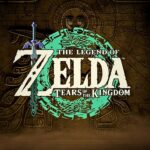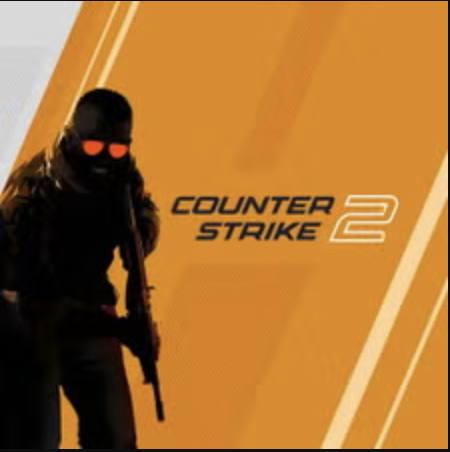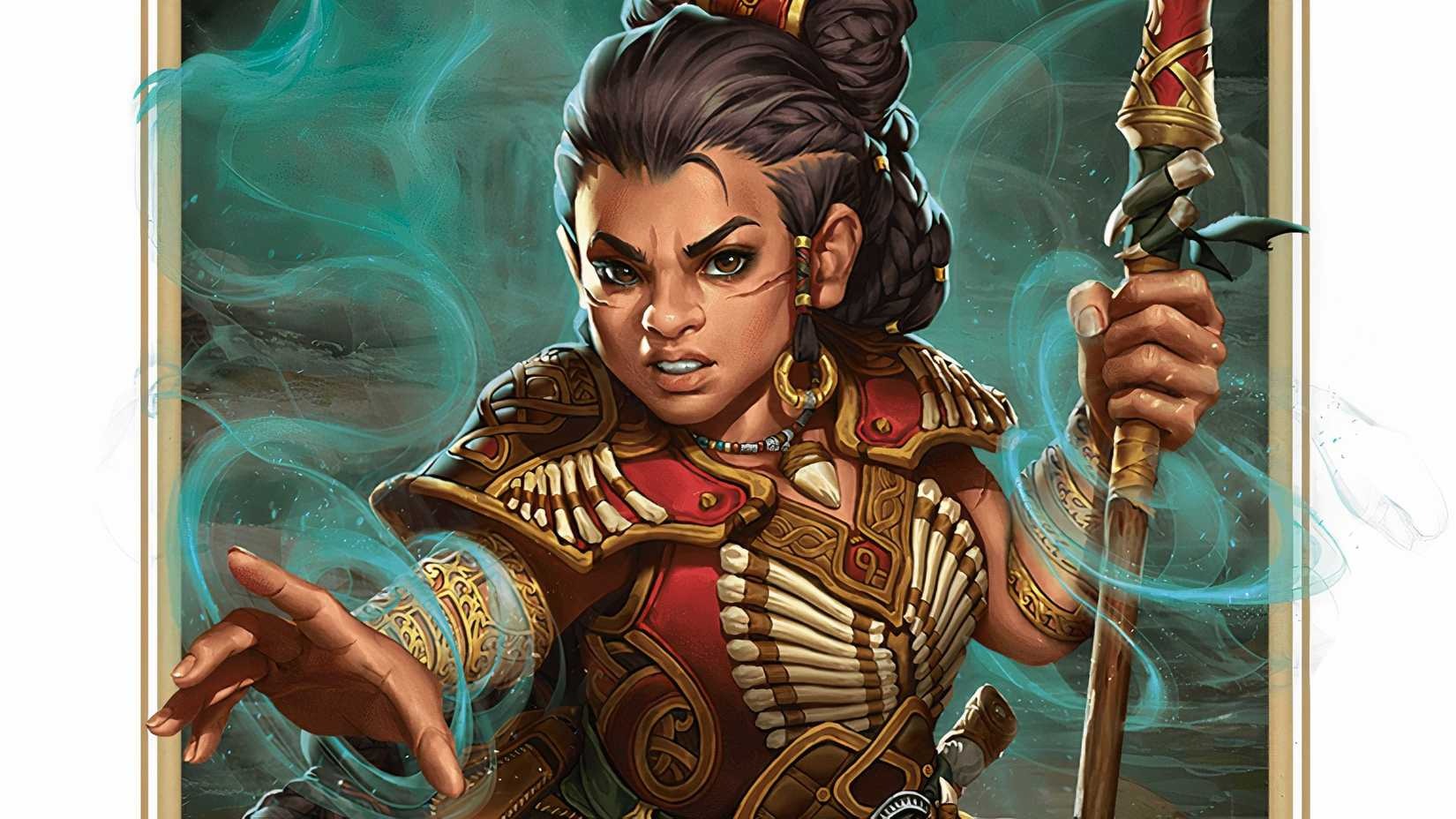Beyond the Grid: Unraveling the Biggest Misconceptions About Every D&D Alignment
Popular Now
 NBA 2K24
NBA 2K24
 Geometry Dash
Geometry Dash
 Roblox
Roblox
 God of War Ragnarök
God of War Ragnarök
 The Legend of Zelda
The Legend of Zelda
 R.E.P.O
R.E.P.O
 Counter-Strike 2
Counter-Strike 2
 Brawl Stars
Brawl Stars
 CarX Street
CarX Street
 Fall Guys
Fall Guys 
The Dungeons & Dragons alignment system is one of the most famous and, at the same time, most misunderstood concepts in tabletop RPGs. The nine-point grid—Lawful Good to Chaotic Evil—is a simple framework meant to give players a starting point for their character’s moral compass and worldview. However, it’s often treated as a straitjacket, a rigid set of rules that dictates every single action a character takes. This has led to countless debates and a host of common misconceptions that limit creative roleplaying. The truth is, alignment is not a behavioral contract but a description of a character’s core philosophy.
Over the years, many players have fallen into traps, from the “lawful stupid” paladin who must always obey the law to the “chaotic evil” rogue who just wants to kill everyone for no reason. These interpretations miss the nuance and depth that each alignment can offer. It’s a system that, when used correctly, can inform your character’s decisions and create compelling conflicts. A character’s alignment is not a list of do’s and don’ts but a reflection of their deepest beliefs about the nature of order, freedom, and morality.
 The Biggest Misconception of Each Alignment
The Biggest Misconception of Each Alignment
Let’s break down the most common stereotypes and reveal the real meaning behind each of the nine alignments.
- Lawful Good: The Paragon Who Can’t Break a LawThe Misconception: A Lawful Good character, often a Paladin, will follow the laws of the land to the letter, even if they are unjust. They are often seen as rigid, inflexible, and even “lawful stupid.”
The Reality: Lawful Good characters follow a code, but that code is often based on higher ideals of justice and morality, not just local government laws. A Lawful Good character will break an unjust law if it conflicts with their personal code of honor or with the will of their deity. They are not a police officer but a crusader for what is right, and they believe that a structured, lawful society is the best way to achieve the greater good. They might follow a guild code, an oath, or a divine commandment, and that is their true law.
- Neutral Good: The Wishy-Washy Good GuyThe Misconception: A Neutral Good character is simply a “good guy” who doesn’t care about law or chaos. They are often played as a bland, reactive character who just does whatever feels right at the moment.
The Reality: Neutral Good characters are pragmatic do-gooders. They believe in the importance of goodness above all else and will use whatever means necessary to achieve a positive outcome. They are not bound by rules, nor are they a force of chaos. They will work with authority when it helps and go against it when it hinders. They are defined by their utilitarian approach—doing the greatest good for the greatest number of people, even if it means lying, stealing, or breaking a few rules along the way.
- Chaotic Good: The Annoying, Unpredictable Party MemberThe Misconception: A Chaotic Good character is an uncooperative rogue who acts on a whim, disregards all social norms, and generally makes life difficult for the rest of the party “for the greater good.”
The Reality: Chaotic Good characters are rebels with a cause. They are driven by their conscience and personal freedom, believing that the individual’s right to liberty and happiness is paramount. They will defy unjust authority and societal rules, not to be a nuisance, but to fight for those who are oppressed by a tyrannical system. Think of them as Robin Hood—they have a personal code, but it is one that they follow themselves, not one that is dictated by an outside force.
- Lawful Neutral: The Robot Who Just Follows OrdersThe Misconception: A Lawful Neutral character is a dull bureaucrat, an unfeeling automaton who is obsessed with rules and procedure for its own sake.
The Reality: Lawful Neutral is the alignment of objective order. These characters believe that a strong, well-enforced system of laws or a strict personal code is the only way to maintain stability in a chaotic world. They are not beholden to good or evil but to the principles of their code. This could be a judge who upholds a harsh law, a soldier who follows orders without question, or a monk who adheres to a strict philosophical discipline. Their actions are not driven by emotion or morality but by a rigid, disciplined adherence to their beliefs.
- True Neutral: The Apathetic Fence-SitterThe Misconception: A True Neutral character doesn’t care about anything. They are completely apathetic and will not get involved in the party’s quests or moral dilemmas.
The Reality: True Neutral is arguably the hardest alignment to play correctly. It is not about apathy; it’s about balance. True Neutral characters believe that the forces of good, evil, law, and chaos must all exist in a cosmic equilibrium. A Druid, for example, might save a forest from an encroaching town (Chaotic) but then stop a powerful Arch-Druid from destroying the town (Lawful). They are a guardian of the balance, and they will act decisively to prevent any one force from gaining too much power.
- Chaotic Neutral: The Random, Whacky Party MemberThe Misconception: A Chaotic Neutral character is a walking punchline who makes decisions based on a coin flip and is always doing something zany for no reason.
The Reality: Chaotic Neutral is the alignment of personal freedom and individualism. These characters value their own liberty above all else and have a strong dislike for authority and restrictive laws. Their actions are not random; they are driven by their whims, desires, and personal goals. They are neither malicious nor benevolent; they simply do what they want, and they will not be coerced into doing anything they don’t want to do.
- Lawful Evil: The Evil Tyrant Who Loves RulesThe Misconception: A Lawful Evil character is just a mustache-twirling villain who uses rules to oppress people. They are often seen as cartoonishly evil and predictable.
The Reality: Lawful Evil is the most dangerous alignment. These characters believe that a strict hierarchy and code are necessary, but they use that order to serve themselves. They are not chaotic murderers; they are calculating, methodical, and use the law as a tool to gain power and oppress others. They will uphold a contract and keep their word, but they will exploit every loophole and use the letter of the law to their own wicked ends. A devil is the classic example—they will never lie, but they are masters of manipulation and half-truths.
- Neutral Evil: The Psycho for HireThe Misconception: A Neutral Evil character is just a selfish jerk who will do anything for money. They are often played as one-dimensional villains with no real goals beyond personal gain.
The Reality: Neutral Evil is about radical self-interest. These characters will do anything to get what they want, regardless of laws or consequences. They are not driven by a code or a desire for chaos; they are driven by pure, unadulterated selfishness. They are the drug lord who builds a lavish mansion in the middle of a war zone or the corrupt politician who will sell out their country for a bribe. They will work with a lawful or chaotic group as long as it benefits them, and they will betray them the moment they no longer need them.
- Chaotic Evil: The Psychopathic MurdererThe Misconception: A Chaotic Evil character is just a random killer, a monster who wants to watch the world burn for no reason.
The Reality: Chaotic Evil is the alignment of unbridled, malicious destruction. These characters are defined by their hatred and violence, but it is not always random. A Chaotic Evil character might want to destroy a system of government that they feel oppressed them, or they might simply revel in the chaos and suffering of others. Their actions are unpredictable and driven by their own dark desires, but there is often a twisted logic behind their actions. The key is that they seek to destroy, not to build or even to gain, making them a truly terrifying force.










 The Biggest Misconception of Each Alignment
The Biggest Misconception of Each Alignment